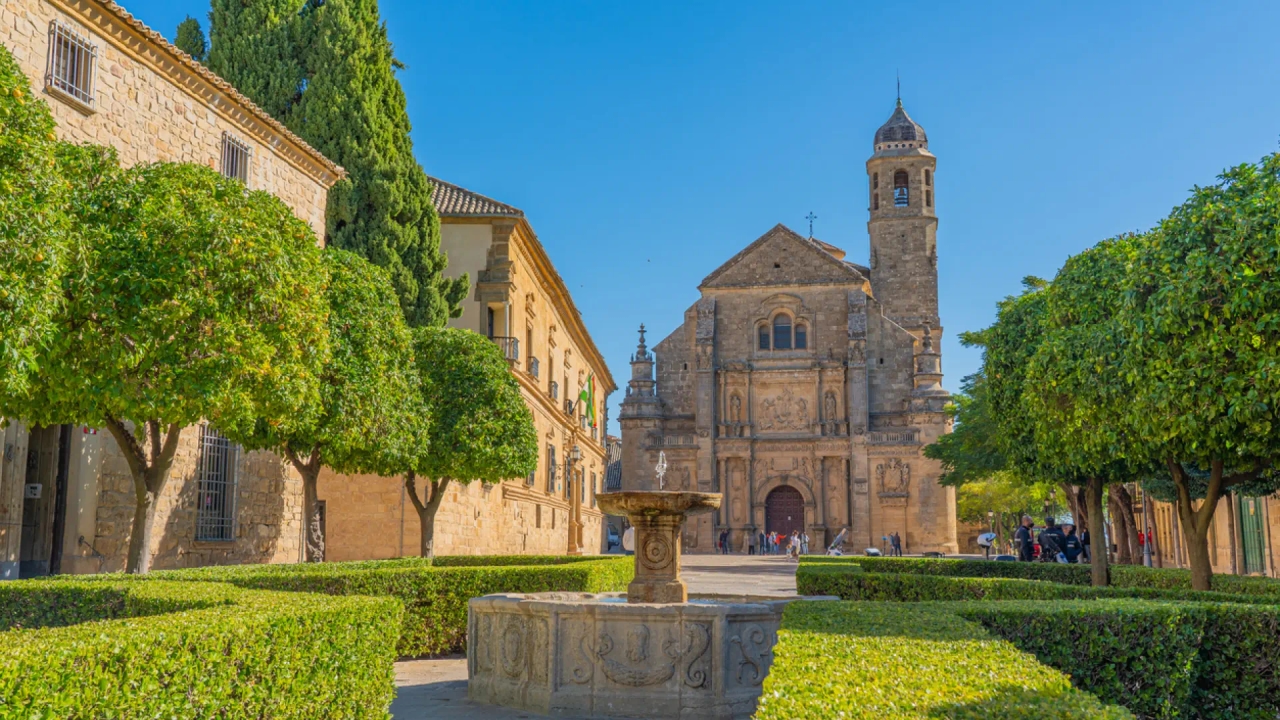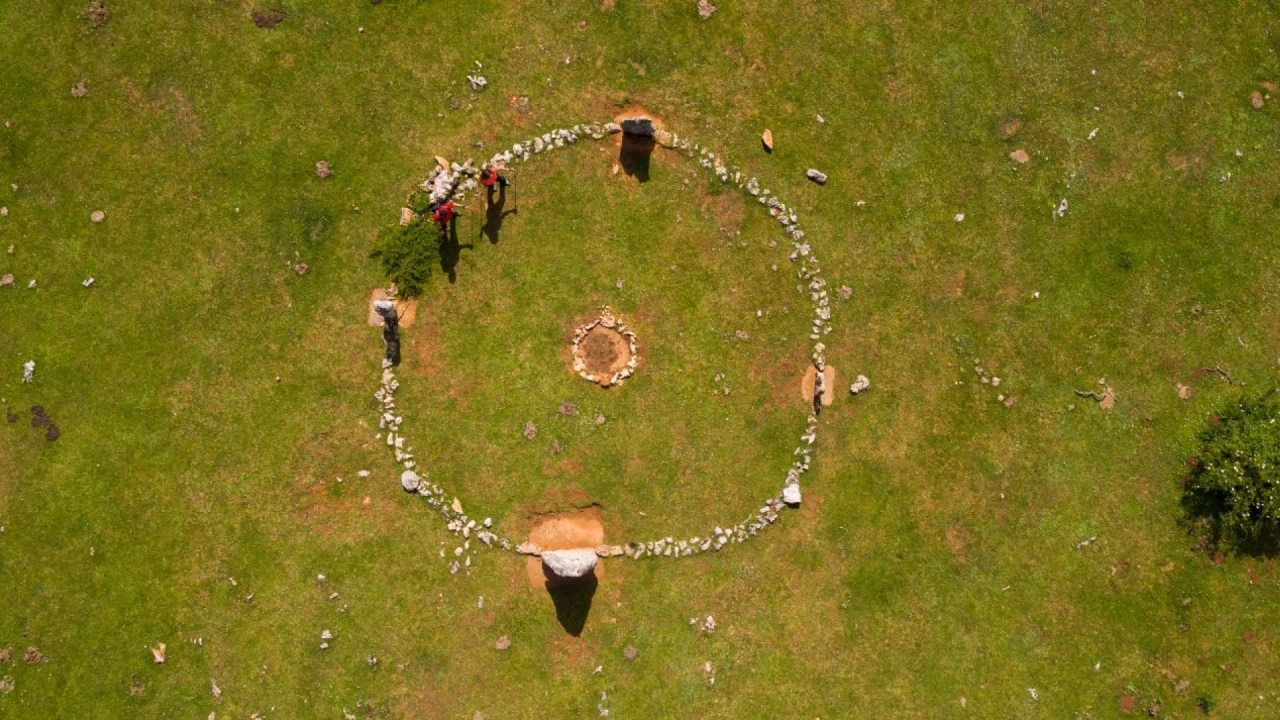A journey to the Renaissance in Úbeda and Baeza, two World Heritage jewels

When we speak of the Renaissance , we think of Italy, Florence, or Rome. But this artistic and intellectual movement also left a profound mark on Spain, and in few places is it as vibrant as in these two cities in Jaén . During the 16th and 17th centuries, Úbeda and Baeza experienced a golden age due to their influence within the Church and the court. This translated into significant economic and social growth thanks to powerful noble families, influential clergymen, and figures like Andrés de Vandelvira , the architect who shaped many of the buildings that still stand today. These buildings remain symbols of power, culture, and a way of understanding the city that can still be felt when strolling through their streets.
First stopÚbeda is the more monumental of the two, and one only needs to set foot in the Plaza Vázquez de Molina to be convinced of it. Everything here is impressive: the Sacra Capilla del Salvador del Mundo, with its perfect façade and serenely elegant interior; the Palacio de las Cadenas, which now houses the Town Hall; the church of Santa María de los Reales Alcázares ; and the former Palacio del Deán Ortega, now a Parador hotel . All form part of a harmonious and beautiful ensemble that, centuries later, continues to surprise with its coherence.
Besides its Renaissance past, Úbeda has other attractions that will make you want to extend your visit. Its history began long before Renaissance ideas took hold in this corner of Jaén province. Two important archaeological sites from the Iberian and Roman periods were discovered here. To learn more about this part of history, a visit to the Archaeological Museum of Úbeda , located in the Casa Mudéjar, a 14th-century building, is essential.
More historyBefore becoming a benchmark for Renaissance architecture, Úbeda was home to one of the largest Jewish quarters in Spain during the 12th and 13th centuries. During the early years of the Christian reconquest, the Jewish community played a significant role in the city's social and economic life, and their influence is still clearly visible in this neighborhood, which is well worth exploring today.
A visit to Úbeda isn't complete without admiring the views from its viewpoints. From the Clock Tower , right in the Plaza de Andalucía, you can enjoy some of the best views of the town and, on clear days, even the silhouette of Baeza in the distance. For a more intimate experience, there's the San Lorenzo viewpoint , overlooking the Guadalquivir Valley, with its endless olive groves that turn golden at sunset. This is the birthplace of the writer Antonio Muñoz Molina, and there are few better places to understand the connection between landscape and literature.
And if you fancy a walk with a view, just head to the Granada Gate , where the medieval wall is still preserved and the fields seem to stretch on forever. Because Úbeda impresses not only with its interior, but also with what you can see from its outskirts.
The neighboring BaezaThough considerably smaller, Baeza is brimming with charm. It's more intimate, more understated, and possesses a tranquil atmosphere that suits it well, and you'll appreciate it even more. It was also a university town , and this is evident in its history, architecture, and even its ambiance. The old university, where Antonio Machado taught, retains its Renaissance austerity and more than a few mementos of the author.
The typical stroll through Baeza begins in Plaza del Pópulo , with its Fountain of the Lions, and continues along Calle San Felipe Neri to the imposing cathedral , a harmonious blend of Gothic, Renaissance, and Baroque styles. Another must-see is the Jabalquinto Palace , with its stone-embroidered façade and a cloister that surprises visitors. And if you're still looking for more to explore, the surrounding area is a delight any time of year.
20minutos





